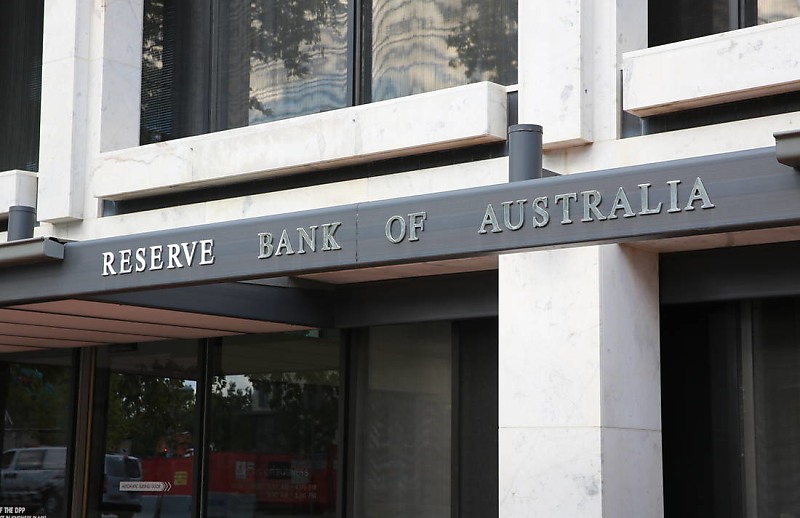RBA unlikely to change course until next year, economists predict
BusinessThe Reserve Bank is expected to keep rates on hold until next year in order to retain strength in the labour market while managing inflation.

BDO economics partner Anders Magnusson said it would be unsurprising if the Reserve Bank keep interest rates on hold until the beginning of next year with the bank trading off the “delayed return of inflation to target against retaining strength in the labour market”.
The RBA announced its latest cash rate decision yesterday, deciding to leave the cash rate target unchanged at 4.35 per cent.
Following the higher than expected inflation figures for the March quarter, Magnusson said economists were divided over what direction the RBA would go this month.
“I took the optimistic view that RBA would hold the cash rate despite high quarterly inflation in the March quarter, gambling that inflation would decrease in the June quarter,” said Magnusson.
“My optimism was backed by the evidence that household spending was easing, with employee households feeling the brunt of the higher cost of living. Domestic demand is weak and tethered to discretionary spending, unlike in the US and UK. In fact, the latest growth in spending on services of 1.8 per cent was the lowest since February 2021.”
BDO’s forecasting suggests that the 1 per cent increase in quarterly CPI in March will push the first cash rate cut into early next year.
“The RBA has a lot to consider at the next board meeting, after the federal budget is announced, followed by state budgets. The anticipated yet uncertain scale of Future Made in Australia and state governments' cash splurge on infrastructure are risks for inflation that the RBA will watch closely,” Magnusson said.
RSM Australia economist Devika Shivadekar said the RBA is unlikely to change its stance until it sees how inflation is travelling over the next six months.
Shivadekar said taking into account the time lag in policy effects, "it would be logical for the RBA to await two additional quarterly CPI readings before adjusting its course".
"The central bank maintains a neutral stance, a touch more hawkish than the last one but retaining maximum optionality while closely monitoring global and economic developments," she said.
Shivadekar said the upward revision to inflation forecasts meant more room for the RBA to move higher if inflation did not come down.
"The RBA’s decision aligns with our expectations, with inflation forecasts adjusted upwards, likely considering upcoming tax cuts and budgetary changes,” she said.
"We do not see this as hawkish. As we have said before, the RBA seeks better balance of risks between its dual directive of price stability and full employment.”
RSM Australia expects the RBA will hold its position until two more quarterly inflation reports.
“Given the link between services inflation and labour market dynamics, the RBA's attention is likely to shift more towards labour market conditions domestically,” said Shivadekar.
"Easing pressure in the labour market is crucial for tempering price pressures in the services sector."
Treasurer Jim Chalmers said the latest decision by the Reserve Bank means that by the time the board next meets it will have been almost eight months since interest rates changed.
“This period of rates on hold has provided stability in difficult times for Australian mortgage holders and small businesses,” said Chalmers.
“We understand many Australians are doing it tough and that’s why next week’s Budget will focus on easing cost‑of‑living pressures, not adding to them.
“Our responsible approach to the Budget is an important way we are taking pressure off inflation in the economy.”




